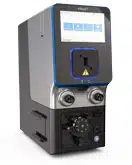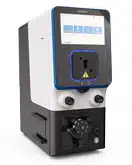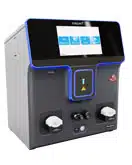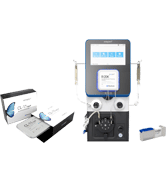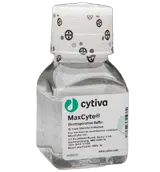Listen to this webinar hosted by Cell and Gene Therapy Insights about the latest advancements in cell therapy, specifically using homology-independent targeted insertion (HITI) of a therapeutically relevant GD2-CAR transgene into the T cell receptor alpha constant (TRAC) locus using nanoplasmid DNA and CRISPR-Cas9 in primary human T cells.

The lab of Steven Feldman, PhD, is pioneering non-viral gene delivery methods, which promise to mitigate the limitations of viral vectors.
Speakers
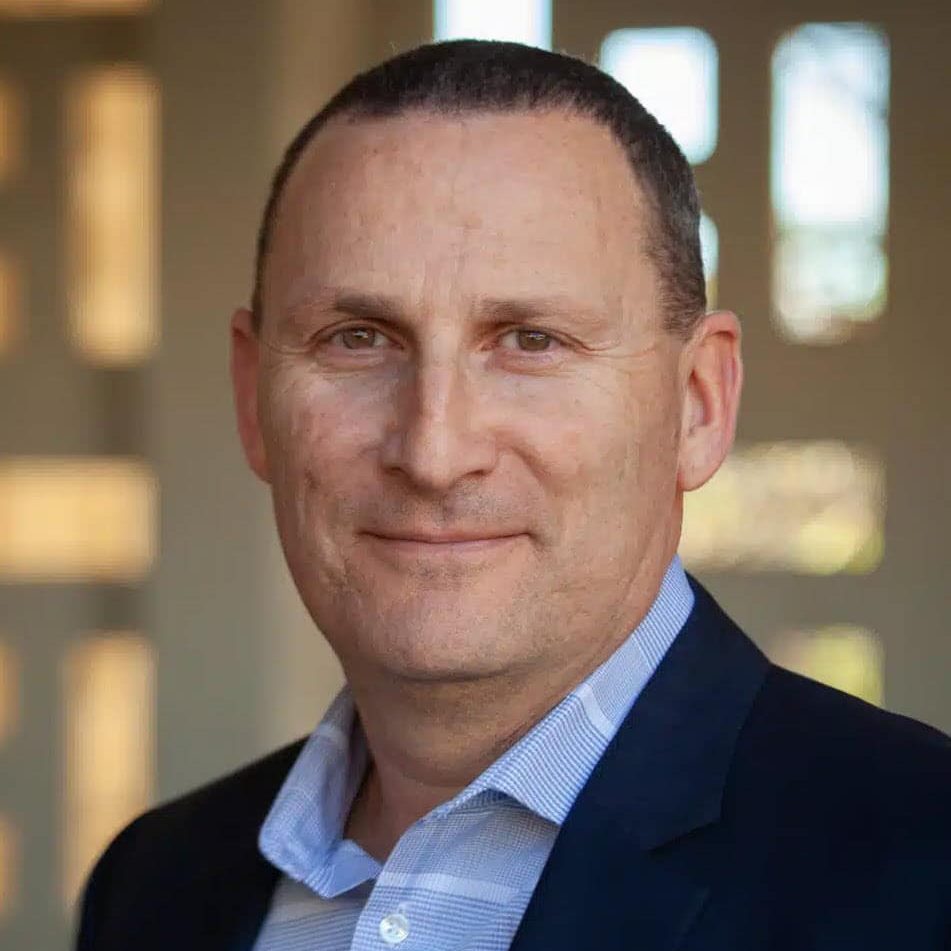


Watch the webinar on demand
Please complete the form below to view the webinar.
Challenges with viral vectors
Viral vectors have been the standard in CAR-T cell manufacturing but present several challenges:
- High costs: establishing manufacturing suites following current good manufacturing practices (cGMP) or outsourcing virus production is financially burdensome
- Safety issues: viral vectors can induce immunogenic responses and pose risks associated with random genomic integration
- Regulatory complexities: meeting regulatory standards requires intricate vector production strategies
Non-viral gene delivery—a scalable, replicable process
The lab at Stanford is pioneering non-viral gene delivery methods, which do not have the same limitations or risks of viral vectors. The team uses electroporation to deliver a CRISPR ribonucleoprotein (RNP) and nanoplasmid DNA to edit the cells through homology-independent targeted integration (HITI). This mechanism of action utilizes CRISPR-Cas9 to create a double-stranded breaks in specific loci, facilitating gene insertion without viral vectors. With minimal off-target effects and high yield HITI achieves functional CAR-T cells with comparable functionality to virally transduced cells in preclinical models.
Role of electroporation in non-viral gene delivery
A significant aspect of Steven's work involves the use of electroporation, particularly leveraging MaxCyte's electroporator instruments. Electroporation is a transfection method that uses electrical pulses to introduce gene-editing machinery and other molecules into cells, and MaxCyte's scalable, consistent technology has been an important, but straightforward, step in this process. Using electroporation has the following benefits:
- Scalability throughout therapy development: MaxCyte's instrumentation can scale up without changing the protocol conditions. This technology can transfect billions of cells in a single run, ensuring process standardization and consistency.
- Delivery optimization: MaxCyte provides optimized electroporation protocols for a wide range of cell types and payloads, yielding reproducibly high levels of transfection efficiencies and gene editing.
- Technical support: MaxCyte's cell engineering experts provide extensive technical and scientific support not only for the electroporation process but for the entire cell therapy development workflow, ensuring success for teams developing their cell therapy.
